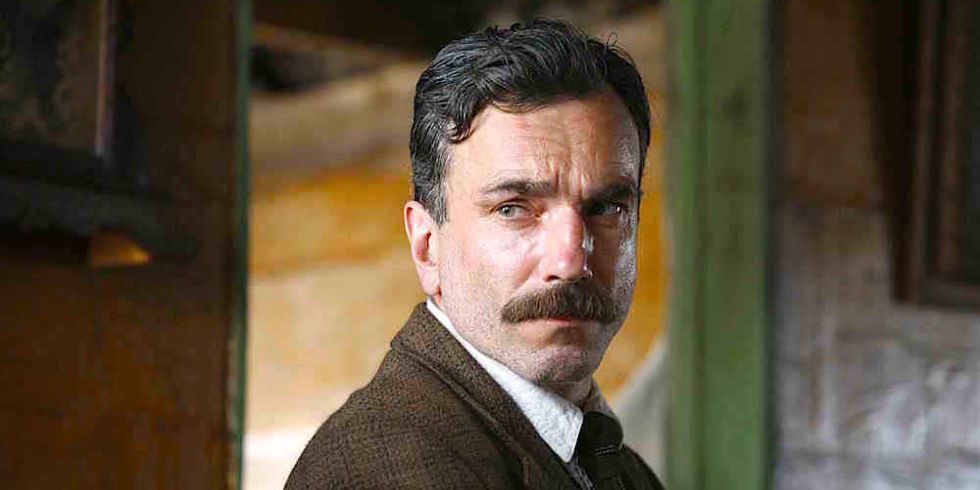
Acting is one of the capital aspects of films. Even though there are filmmakers who have decide to use non-actors, make animation, or even do not display people in their films, most of the films do need the work of professionals who specialize in impersonating another human being. When a film needs to tell the story of certain individuals, it needs an actor who can configure its corporality and expression to the characters he has to impersonate. To manage to lose oneself’s persona for a brief moment in order to make a fictional one become real in the fictional world is one of the most ineffable roles in the craft of films.
Since the first actors started in theaters, the theory on acting is principally written by theater theorists. The one theorist who started with a formal and systematic approach to the art was Konstantin Stanislavski (1863 – 1938). This Russian director and actor is famous for being the author of “the method” even though he always argued that what he proposed was not a method.
During the 21st century, many actors and directors were influenced by Stanislavski – whether to follow what they understand by his method or to contradict his theory. Some organizations such as the legendary Actors Studio made the method famous in Hollywood as an approach in which the actor had to experiment with the emotional journey of the characters.
Other directors reinterpreted and expanded on Stanislavski’s theory to create their own approach to acting. Directors such as Jerzy Grotowski and Bertolt Brecht developed their own systems that adjusted to their specific style (debates on Eastern and Western approaches can be seen in Louis Malle’s “My Dinner with André”). In the same way, different film directors and actors of cinema developed their own ways of approaching a fictional character according to their necessities.
Here is a list that presents some of the greatest male actors in the history of film. This actors worked with the greatest filmmakers during their careers. Some of them stayed with one single director with whom they developed a very specific style, and other worked with a wide variety of directors, managing to adapt to their styles while keeping their own personal approach.
A special mention goes to Chishū Ryū, the actor who worked in more than a hundred films as was the longtime collaborator of Yasujirō Ozu, portraying since his youth the role of an old Japanese man coping with the ordinary problems of daily life. He did this apparently simple job with a style as depurated and beautiful as Ozu’s directing.
10. Toshiro Mifune
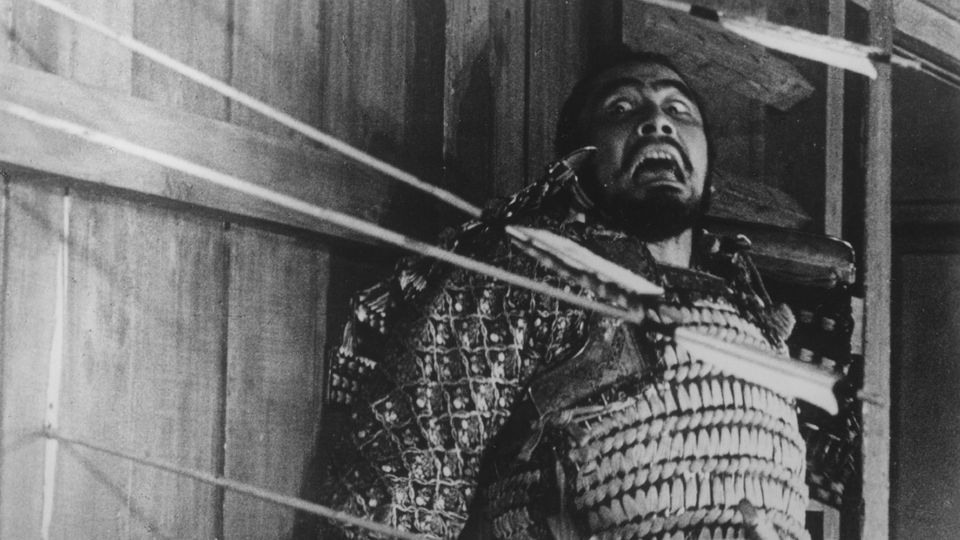
The internationally revered and consecrated Japanese actor Toshiro Mifune was the greatest of Akira Kurosawa’s collaborators. He met the Japanese master in 1949 and since then has appeared in 16 of his films, most of which became classics of Japanese and world cinema. Mifune’s success was simultaneous to Kurosawa’s as he starred in some of his greatest films such as “Rashomon” (1950), “Seven Samurai” (1954), “The Throne of Blood” (1957), “Yojimbo” (1961), and “Red Beard” (1965). Even though Kurosawa and Mifune distanced themselves, their collaboration became part of the history of cinema.
Through his career, Mifune appeared in more than 160 films, displaying his mastery and versatility. He portrayed a wide variety of roles, going from a Mexican indigenous person in “Animas Trujano” (1961) to the Japanese version of Macbeth in “The Throne of Blood” (1957). Few actors were as prolific and talented as the great Toshiro Mifune.
9. Dirk Bogarde
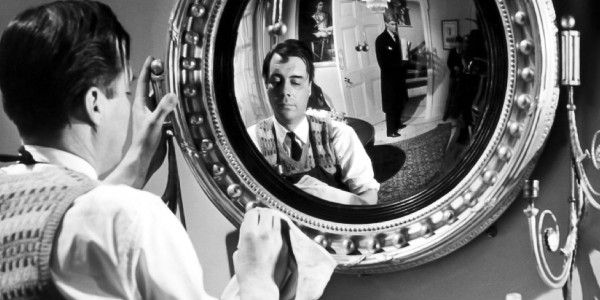
Born in London, Dirk Bogarde had military experiences before becoming an actor. When he started his career in the 1950s, he appeared in more than 20 films, playing demanding roles like Sir Mark London in “Libel.” He delivered emotionally charged monologues and become known for his continuous portrayal of doctors. During the 1960s, he kept up his productivity, appearing in more than 25 films, but it was also in the 60s when he started taking more complex and demanding roles.
He was winner of two BAFTAs during the 60s for his work in “The Servant” (1963) and “Darling” (1965), but was nominated four times more. It was with “The Servant” that he gained international recognition, but it is said that the peak of his career was his collaboration with Luchino Visconti in “Death in Venice” (1971). In this film, he played one of his most demanding roles, the dying doctor Gustav von Aschenbach.
8. Erland Josephson
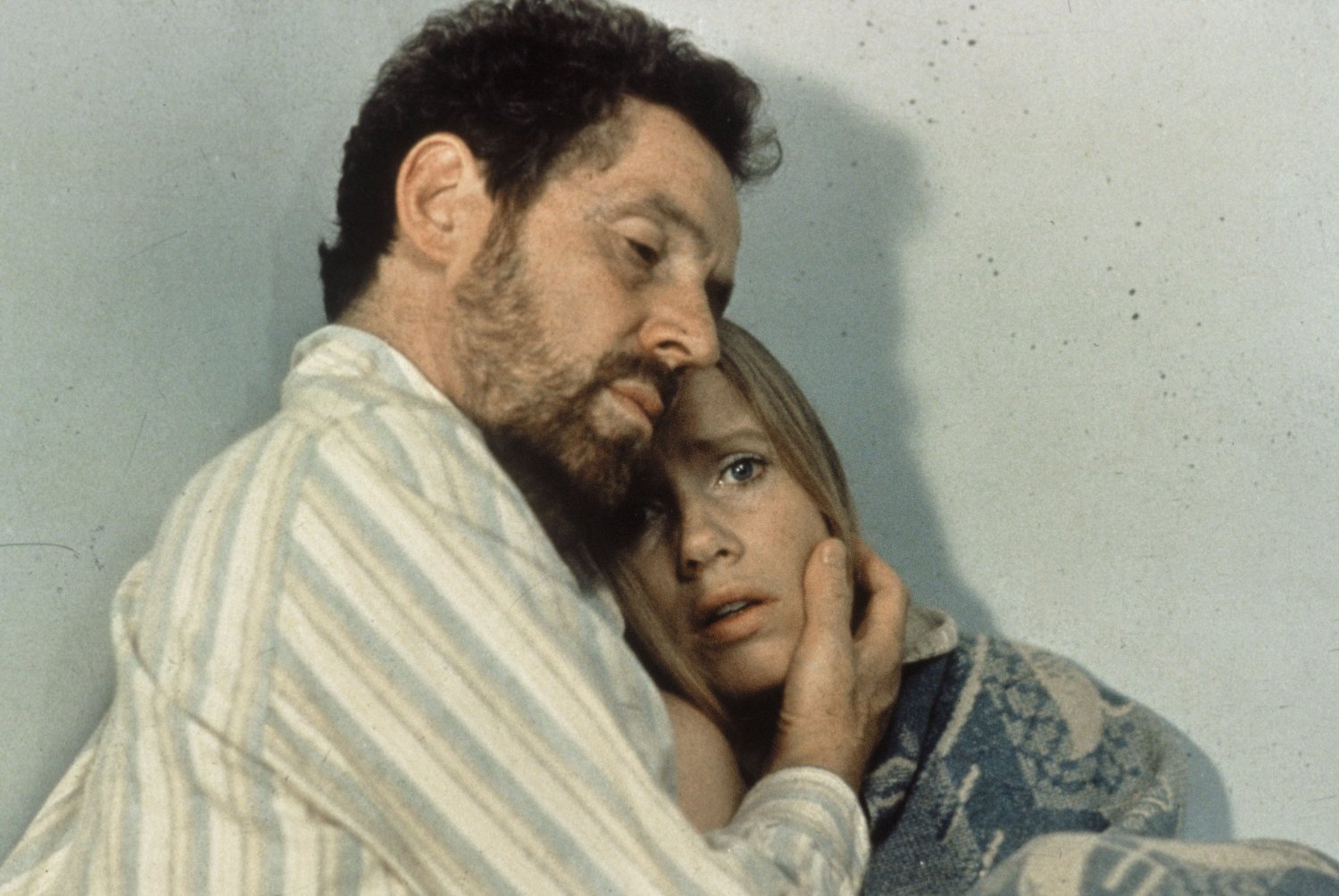
This Swedish actor, director and writer worked both in films and theater. Known for his friendship and collaborations with Ingmar Bergman, he also worked with some of the most innovative directors in film history such as Andrei Tarkovski, Greenaway, István Szabó and Theo Angelopoulos. He was internationally recognized at the Berlin Film Festival, Chicago International Film Festival, Montreal World Film Festival, and many others. His career was recognized at the Stockholm Film Festival with the Lifetime Achievement Award.
He appeared in some of the greatest films by Bergman, such as “Fanny and Alexander” (1982) and “Scenes from a Marriage” (1974). He impersonated Friedrich Nietzsche beyond Good and Evil (1977). He played leading roles in the last two films by Andrei Tarkovsky, “Nostalghia” (1983) and “The Sacrifice” (1986). He also collaborated in one of the biggest Theo Angelopoulos projects: “Ulysses’ Gaze” (1995). His work revealed the ability to work with extremely demanding directors who shaped cinema as we know it today.
7. Gunnar Bjornstrand
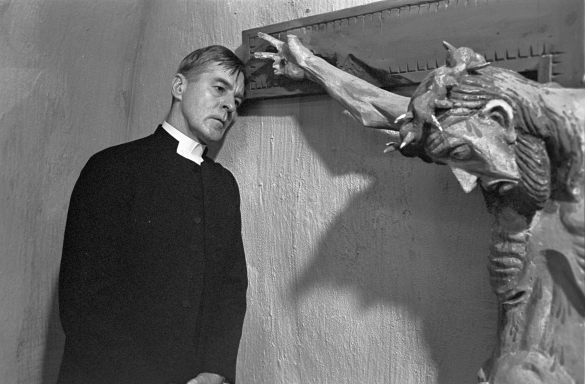
As with other great actors, Gunnar Bjornstrand is deeply related to the career of a director with whom with he collaborated for years; in the case of Bjornstrand, it was the larger-than-life Swedish director Ingmar Bergman. The films of Bergman are known to portray very complex characters with intense transformation arcs, and it was Bjornstrand who played many of this roles. He started as a theater actor and his first collaboration with Bergman was in this medium.
Bjornstrand appeared in more than a hundred films and TV series. He played secondary roles in films such as the “Wild Strawberries” (1957), “The Seventh Seal” (1957) and “Persona” (1966). He displayed his range by starring in different films with diagonally opposite roles such as Fredrik Egerman in “Smiles of a Summer Night,” and the troubled characters of “Winter Light” (1963) and “Through a Glass Darkly” (1961).
6. Robert De Niro
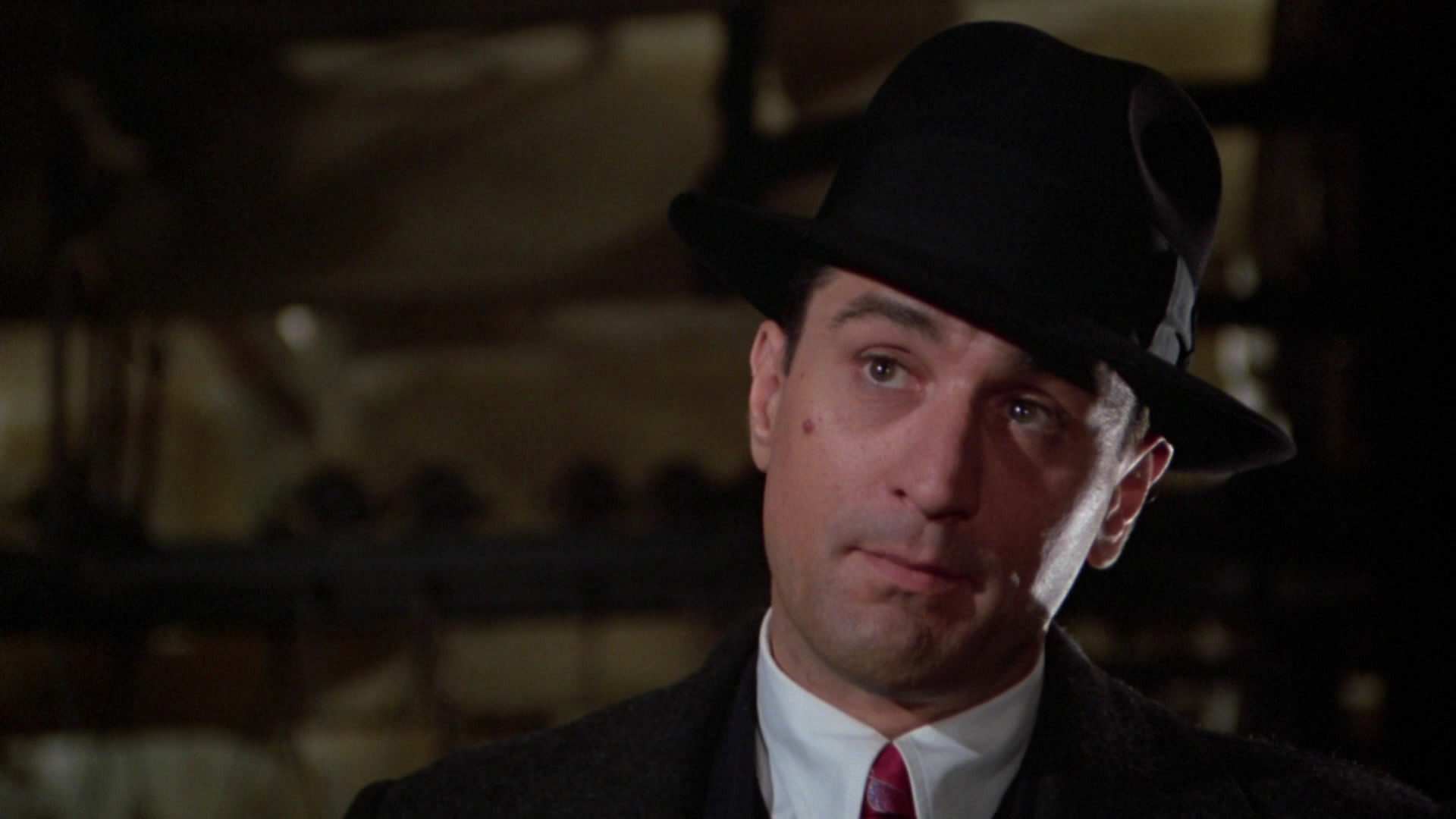
The winner of two Oscars, once for Vito Corleone in “The Godfather: Part II” (1974) and another one for Jake LaMotta in “Raging Bull” (1980), Robert De Niro is one of the most iconic Hollywood actors. He has played gangster roles in several films directed by the greatest directors of his generation, such as “Goodfellas” (1990), directed by Martin Scorsese; “Once Upon a Time in America” (1984), directed by Sergio Leone; and “The Godfather: Part II” (1974), directed by Francis Ford Coppola.
His friendship and several collaborations with Brian De Palma and Scorsese established De Niro as an actor who was able to embody the emotional complexity of violent, unstable and troubled characters, such as Travis Bickle in “Taxi Driver” (1976). De Niro also worked with the great Italian director Bernardo Bertolucci in his film “Novecento.”